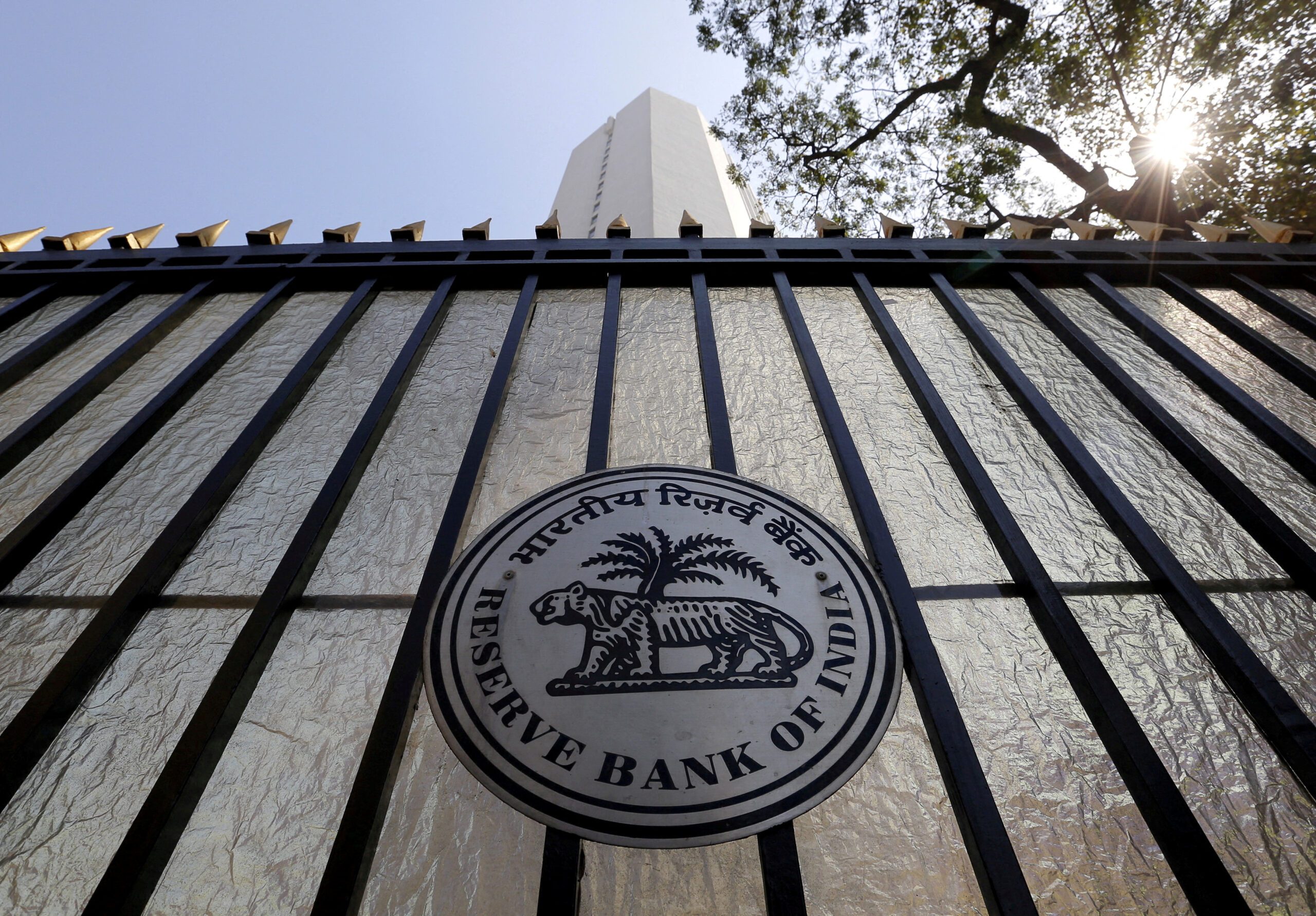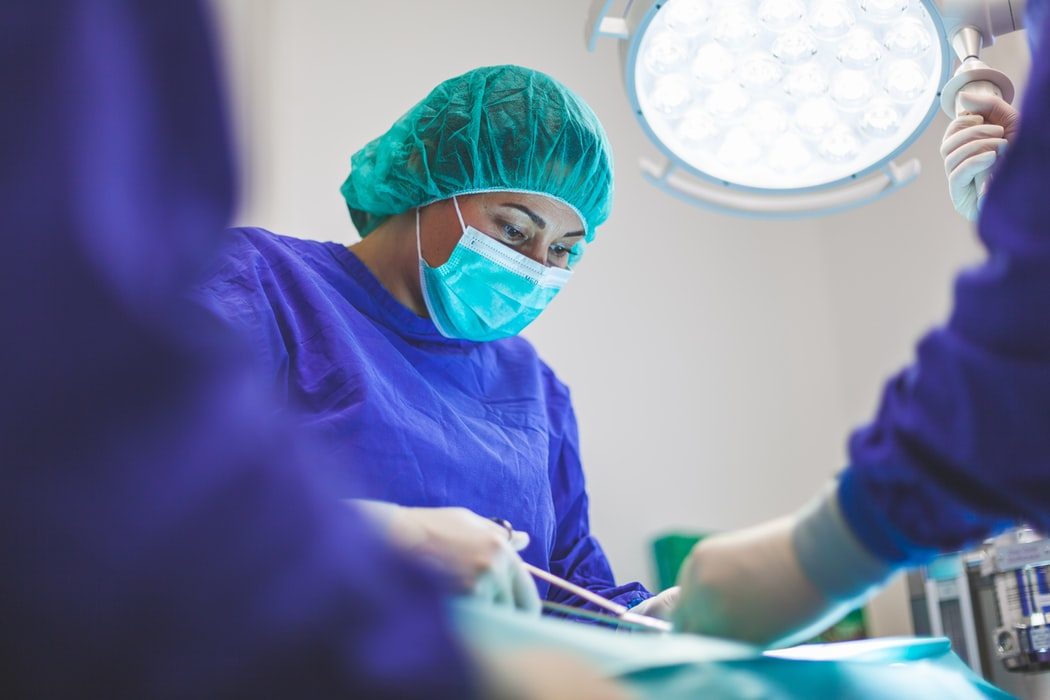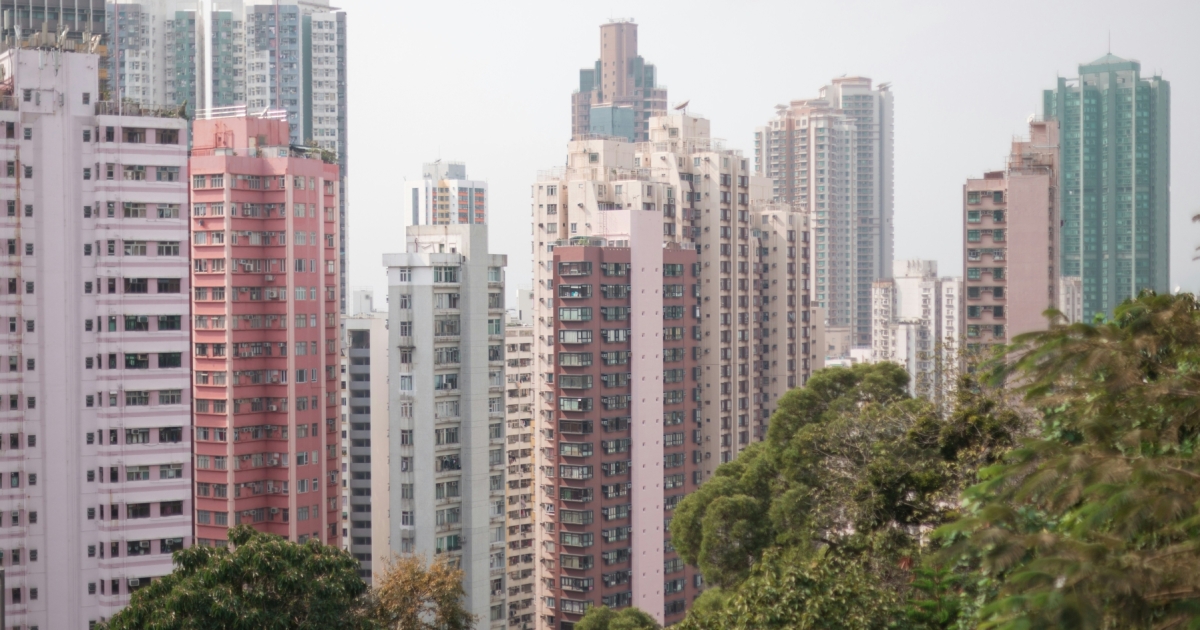TOKYO — According to cellphone location data analyzed by Nikkei, 14,000 people from among the company’s business partners and other organizations participated in the recovery of Renesas Electronics, which resumed semiconductor production on April 17 at its Naka plant in Ibaraki Prefecture. The plant had been partially shut down because of a fire.
Nearly 600 people came from the city of Toyota in Aichi Prefecture — home to Toyota Motor — the highest number of people from outside Ibaraki.
The fire struck Naka plant’s N3 building, which mainly makes microcomputers for automobiles. Nikkei looked at cellphone data of millions of anonymous KDDI subscribers, analyzing the number of visitors who stayed in the vicinity of the building, including the adjacent NT building, for more than 60 minutes on weekdays since January 2021.
That number averaged just over 650 before the fire, in line with normal days. This dropped to just over 100 on March 19 when the fire broke out in the early morning. While firefighters and other emergency personnel rushed to the scene, regular employees were presumed to have stayed away.
After that, the number of people continued to grow, surpassing 1,000 for the first time on March 25 and exceeding 2,000 on April 8, the day before the clean room — the core of the production line — went back online. This was the largest number of people during the time frame that Nikkei examined. The number gradually decreased in the run-up to April 17, when production resumed.
Renesas said that until now it has received “support from as many as 1,600 people per day from outside the company.” Based on the change in the number of people from normal times, this indicates that total number of at least 14,000 people went during weekdays to support the restoration project after March 19.
The people from outside Renesas hail from a wide variety of backgrounds; business partners like automakers, but also manufacturing equipment makers, parts makers and construction companies.
The weekday data Nikkei was able to examine as of April 18 covered from March 19 to April 15. This was defined as the “post-fire” period, and Nikkei looked at the number of days people went to the area around the N3 building during this time.
Most people were present for “only one day,” followed by “two days” then “three days.” Rather than one person joining work for a long period, it is likely that personnel from various positions went to the site depending on the phase of the recovery process.
Cellphone location data can be used to extrapolate a person’s place of residence based on where they mainly stay at night. Based on that, Nikkei also tried to find where most personnel originated. During the 20 weekdays from February 18 to March 18, the pre-fire period, only 4.6% of visitors were from outside Ibaraki Prefecture. That increased to 34.2% after the fire.
By prefecture, most came from Aichi Prefecture after the fire, followed by Kanagawa Prefecture and Tokyo. Before the fire, there were visitors from only 10 prefectures, but that increased to 21 prefectures after the fire.
A closer look at the data by municipalities reveals more. The greatest number of people came from the city of Toyota in Aichi Prefecture, home to Toyota Motor. The next largest number came from the city of Atsugi in Kanagawa Prefecture, where Nissan Motor has a research facility and other operations. Ikeda in Osaka Prefecture, where automaker Daihatsu Motor is headquartered, came in third. Koto Ward in Tokyo, where Renesas headquarters is located, ranked fourth, and the city of Ota in Gunma Prefecture, where Subaru has a factory, also ranked high.
“We have received tremendous support from the Japan Automobile Manufacturers Association and our business partners,” said Renesas President Hidetoshi Shibata.
The automakers’ dedicated support to getting the plant operating again reflects the massive impact of the Renesas shutdown on supply chains. Renesas will need to thoroughly investigate the cause of the fire and ensure that it does not happen again.
In the past, JAMA and other manufacturers also worked to get the Naka plant up and running ahead of schedule after the factory was damaged in the March 2011 earthquake, after which global auto production slowed considerably.





